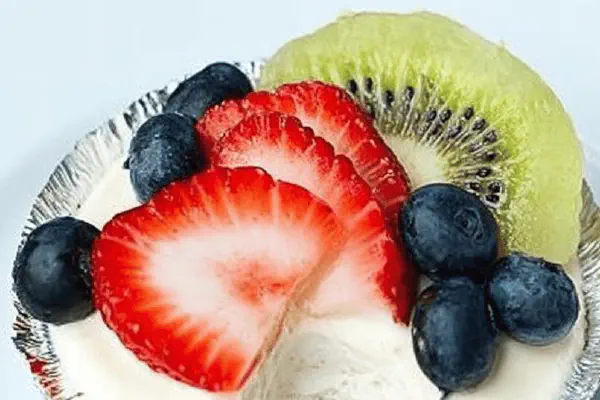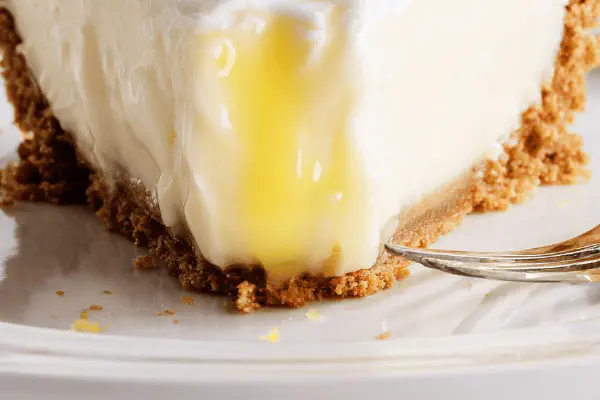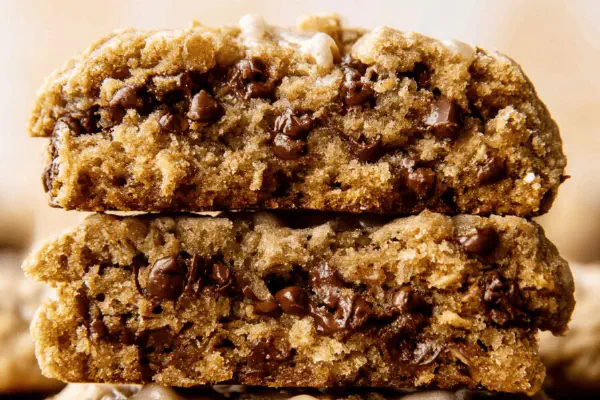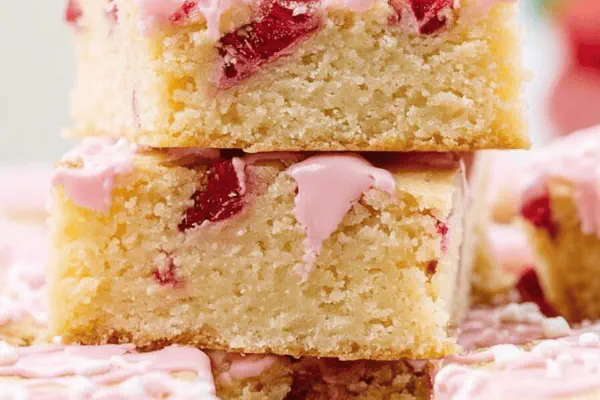Tangy Lemon Curd Remix
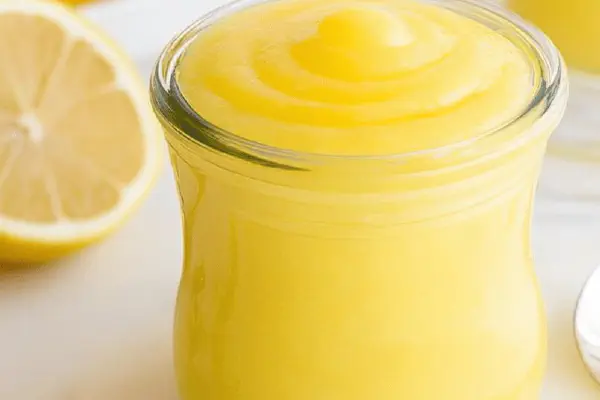
By Emma
Certified Culinary Professional
Ingredients
- 3/4 cup granulated sugar
- 1/4 cup honey
- 3/4 cup fresh lemon juice (about 4-5 lemons)
- 4 large eggs
- 2 large egg yolks
- 2 teaspoons lemon zest
- 6 tablespoons unsalted butter, cut into small chunks
- 1 teaspoon vanilla extract
About the ingredients
Method
- Combine sugar, honey, lemon juice, whole eggs, egg yolks, and zest in a medium saucepan. Whisk vigorously to break up egg strands for smooth texture.
- Place saucepan over medium-low heat. Begin slow stirring with whisk constantly — avoid thick lumps. Listen for gentle simmer sounds, light steam, and subtle thickening around 7-10 minutes.
- If mixture isn’t thickening after 8-10 minutes, nudge heat slightly higher but keep under medium to avoid scrambling eggs or curdling.
- Once mixture coats back of spoon and visibly thickens into a pudding-like consistency, remove from heat immediately. Don’t wait or it’ll start separating.
- While still warm, whisk in butter chunks in small increments for silky richness. Finish by stirring in vanilla extract for an aromatic boost.
- Optional but recommended: pour mixture through a fine-mesh sieve to catch any stray cooked egg bits or zest for velvety feel.
- Pour curd into clean jars or heatproof container. Cover surface tightly with plastic wrap pressed down to prevent skin formation. Let cool at room temp.
- Once cooled, refrigerate a minimum of 1.5 hours before using. Remove plastic wrap right before serving to avoid condensation.
- Keep refrigerated up to 1 week. If it separates, whisk gently to restore or warm slightly over double boiler, whisking.
Cooking tips
Chef's notes
- 💡 Whisk continuously over medium-low heat; stop gaps and lumps form, ruining silkiness. Heat control beats watching clock. Listen for soft simmer, steam; smell citrus oils releasing, subtle hints of honey blending. Thickens like pudding. Don’t rush, patience pays off. If thickening stalls, slightly raise heat but keep below medium. Egg strands disperse only with vigorous whisking; chunk butter immediately off heat to avoid fat separation. Vanilla last adds aroma. Plastic wrap pressed tight saves skin formation, keeps taste fresh. Straining is optional but catches cooked egg bits or zest from compromising texture.
- 💡 Honey replaces part of sugar—softens sharp citrus edges but watch sweetness. Granulated sugar sustains structure. Sometimes lemon juice swap with lime works if flavor shift okay. Salted butter adds salt dimension but mind salt balance if adding extra salt elsewhere. Small butter chunks melt evenly, faster integration. Use fresh lemons for oils and scent, bottled juice lacks punch. Extra egg yolks boost silkiness; overcooking kills it fast, so maintain low temp and patience. Adjust sugar down for tarter curd but watch how texture responds, too little sugar risks curd too loose or grainy.
- 💡 Heat medium-low—a must. Remove early once mixture thickens to pudding consistency coating spoon back, visible thickness important. Don’t wait after thickening starts or curd breaks, fat separates fast. Off-heat swirl in butter for richness. Chill curd room temp before fridge. Warm gently if too firm later, double boiler with whisk, avoid lumps by constant motion. Plastic wrap on surface stops skin forming; uncovered surface ruins texture fast, flakes in final product. Straining especially useful for fine texture but skipping not dealbreaker. Use big whisk whisk gently; small or weak whisk won’t reach all edges and causes uneven cooking.
- 💡 Thickening signs subtle. Not just visual but sound and smell cues. Soft bubbling, gentle simmer, citrus aroma heightens with heat but no burnt smell allowed. Clinging to whisk soft but distinct, gentle aroma released by zest oils, butter melting gives glossy sheen. If curd smells eggy or harsh, temperature too high, or wait too long off heat. Texture should be thick yet pudding-like; too watery means undercooked. Stir slowly but constantly; stopping or fast can scramble or cause lumps. Butter chunks melted in right off heat add that melt-in-mouth richness missing with early addition or dry cooking.
- 💡 Plastic wrap best pressed down, no air traps or skin forms fast. Fridge time helps curd fully set, flavor blends. Removing wrap just before serving stops condensation ruining appearance or texture. If curd separates in fridge, quick whisk restores but heating gently triggers silkiness again. Shelf life about a week max, watch for discoloration or heavy separation. Recipes with vanilla extract richer aroma but extract last step only; too early loses scent. Always use fine mesh sieve optional step for presentation-grade silky finish, especially if zest or cooked bits visible. Egg yolks add thickness and stability; too hot cooking destroys structure immediately.
Common questions
Why add honey instead of all sugar?
Honey softens acidity, adds mellow complexity. Sugar keeps structure. Too much honey affects thickening; balance key. Flavor shifts but keeps brightness. Works best replacing some sugar not all. Changes texture slightly; watch cooking cues.
Can lime juice replace lemon juice?
Yes, similar acidity but flavor sharper, sometimes more bitter. Works fine. Zest still important for oils. Texture changes minimal but taste distinct. Adjust sugar slightly if lime juice tartness higher. Citrus aroma differs but still fresh. Blend of lemon and lime possible for varied notes.
What if curd doesn’t thicken?
Heat too low or rushed stirring common. Increase heat just a notch; don’t scramble eggs or burn. Wait longer watching for slight thickening on edges. Whisk constantly to help strands disperse. Sugar level matters too low sugar can cause loose curd. Use yolks too for silkiness. Remove once pudding-like thickness coats spoon; thicker means risk of separation.
How to store leftover curd?
Refrigerate tightly covered, ideally plastic wrap pressed to surface then airtight lid. Keeps about one week max. Freezing not recommended; texture breaks down. If thickens too much in fridge, warm gently with whisk over double boiler. Avoid microwave; uneven heat scrambles eggs. Remove plastic wrap just before serving to prevent moisture issues.
